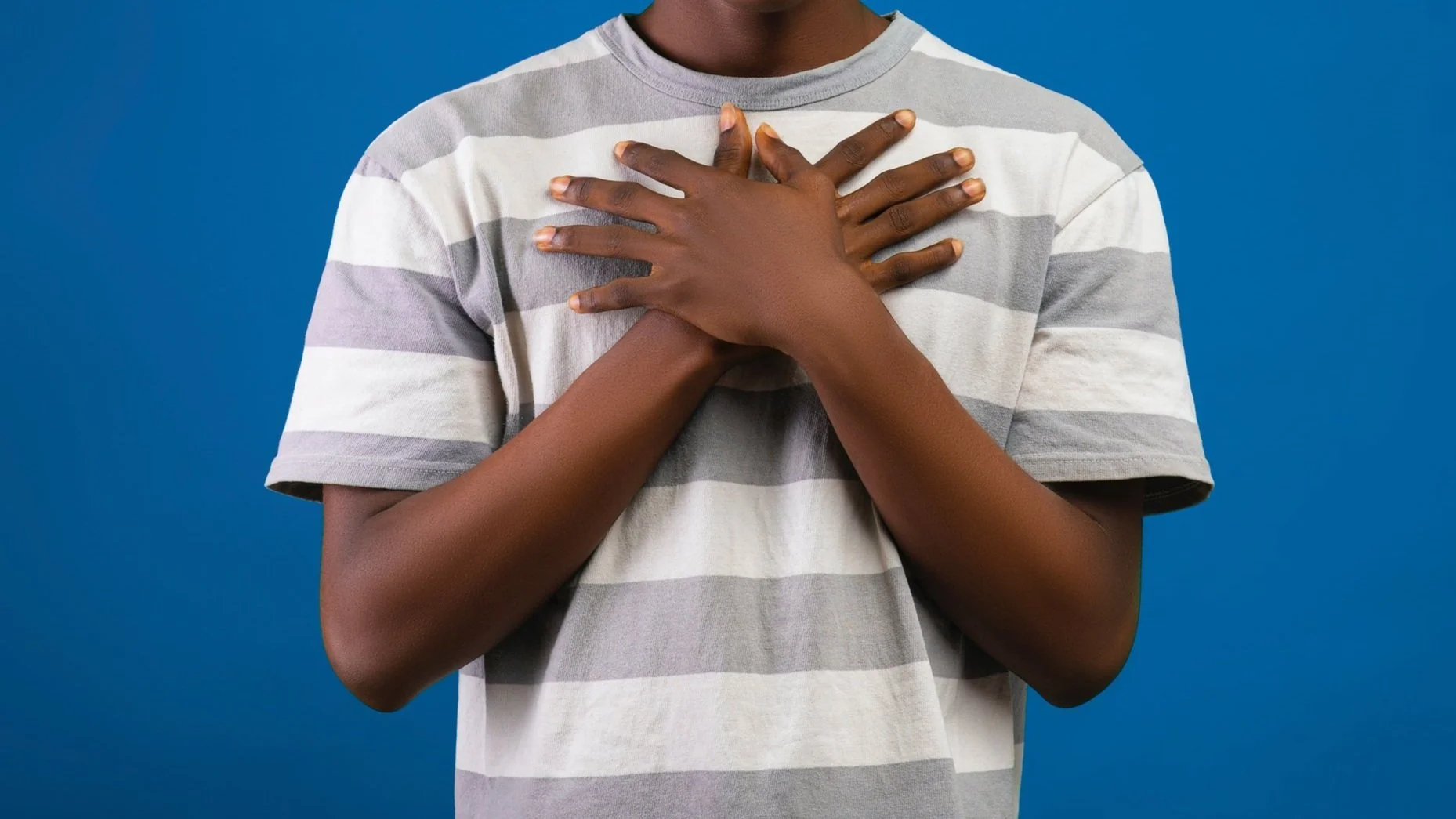Stress – How To Survive This 21st-Century Pandemic
APRIL is Stress Awareness Month and May is Mental Health Awareness Month, so there is no better time to shine a spotlight on this growing issue which is in danger of becoming the most damaging pandemic in the history of mankind.
In today’s article, I also include three exercises that you can use to take back control of your state, your emotions and your behaviours.
Our Modern world
Stress (and to some extent anxiety) is undoubtedly the most common problem I see daily among my clients. Even when clients initially approach me for help with another issue, such as discussing their current health or their intention to lose weight, there is usually some form of underlying stress. Problematic behaviours, such as smoking and other forms of addiction, are often just symptoms of deeper underlying stress-related issues that I uncover during the consultation.
We live in an overwhelmingly connected world, thus creating a society that is already over-anxious, panic-stricken, and burdened with worry — despite enjoying many luxuries and conveniences that our ancestors could only dream of. But why now? What is driving people to their GPs in record numbers to be prescribed a ‘magic’ pill?
The environment
Inflation, the current cost-of-living crisis, Brexit, an increasingly turbulent political landscape, and the continued impact of COVID-19 have left many people worse off than they were a decade ago, struggling to provide for their families and keep a check on their mental health.
Official statistics show that the UK workforce is experiencing high levels of stress and anxiety, overworked and insecure. UK employees now work some of the longest hours in Europe, with over half of them constantly worried about losing their jobs. This is a major economic issue, as sickness-related absences alone cost the economy an estimated £100 billion annually, and longer working hours are linked to lower productivity. Unfortunately, it seems that we are trapped in a self-defeating cycle of stress that negatively impacts our overall quality of life.
Anxiety is a normal human reaction that everyone experiences to some degree. It doesn't matter whether you're a man or woman, old or young, outgoing or shy, rich or poor, or well-educated or not. Stress is an important part of our body's defences for dealing with short-term pressures and danger, and it's impossible to live without it.
Stress, Anxiety and Burnout
When we experience prolonged and excessive pressure, we can exhaust our body’s resources, until we can no longer cope, thus leading to stress-related illnesses, and sleep and weight problems. It's important to remember that our bodies and minds require rest in order to recharge, as we do with electronic devices. Neglecting this need can result in feeling overwhelmed, burnout and breaking down (or not starting, in the absence of fuel). So, just as mechanical devices require time to "power up," we must also allow ourselves recovery time.
Since 2016, at least 75% of my clients display mild to severe symptoms of burnout, and the trend is not slowing down. What is more surprising is that over half of those people do not think of associating their condition/symptoms with being overwhelmed (at work or at home, or both), extremely stressed or anxious, or at the very early stages of burnout.
Two decades ago, I experienced physical, mental, and psychological exhaustion (and adrenal exhaustion) due to long-term stress and very long working hours, accumulating three jobs — and totally sleepless nights at least 4 times a week —, until I was unable to function properly. I wasn’t able to even move my body. Any movement was accompanied by excruciating pain. I was bedridden for 3 weeks. I barely ate and couldn’t get out of bed. A nurse came to check on me daily. This is a period in my life I never want to repeat and wish on no one. It took me over 18 months to get back to my normal self.
Already the anxious type, the stress and chronic lack of sleep had taken their toll after they had been accumulating for years. Even though, I had tried my hardest to keep it under control. Eventually, the pressure became too much.
Fortunately, I was able to overcome this difficult period, and now I help others in similar situations. It's important to recognise that feeling stressed can be isolating, but you are not alone. It's important to seek help and talk about it, even if it feels embarrassing. There is no shame in seeking help. Ever. Period.
Unfortunately, many people feel the need to put on a brave face and hide their inner feelings, especially young men who feel pressured to conform to traditional masculine stereotypes. Anxiety is a significant issue, with approximately 25% of people worldwide experiencing stress at any given time. In the UK, almost one-third of GP visits are due to stress-related concerns.
Tips to release stress
Both Hand Juggling:
Here I suggest a very simple yet highly effective exercise, which anyone can do. To do it, all you need to do is pass a ball back and forth from one hand to the other for several minutes. Juggling balls work well for this because they are designed to fit comfortably in your hand. Studies have shown that when we feel anxious, all of our brain activity is in the left hemisphere. Practising this exercise will engage the right brain and synchronise your left and right brain hemispheres, which will automatically reduce stress and induce a high-performance state known as the Flow State.
Any activity which involves using both hands equally at the same time will induce this state because the left side of the brain controls the right-hand side of our body and the right side of the brain controls the left, so the use of both hands requires both brain hemispheres to be active and perfectly synchronised.
The exercise is particularly effective in achieving full brain power because of the large number of nerve receptors present in the palms of our hands, which requires the full attention of the brain and that both hemispheres need to be online. Practising this exercise for at least five minutes a day every day will significantly reduce your stress levels. Try it. It’s such a simple trick and it really works, producing profound benefits.
Butterfly Hug:
The next exercise I would like to bring to your attention is the butterfly hug, an exercise that requires no equipment whatsoever. You can be standing up, sitting down or lying on your bed or on the floor. Ensure you are in a comfortable position. Lock your thumbs together with the palms of your hands facing downward. Twist your thumbs so the palms of your hands can rest flat on your chest like butterfly wings, with the tips of your fingers resting under your collarbone. Take a deep breath. You may close your eyes if you wish. Then start to tap each hand in turn on your chest, as if you were flipping the wings of a butterfly. Be gentle. This can be repeated for 3-5 minutes and as often as needed. It is most effective at reducing feelings of fear, anxiety, childhood adverse events and stresses relating to past traumatic experiences.
This exercise is most powerful when used on a specific feeling as it starts to escalate (make it an automatism). Too, this exercise evokes bilateral stimulation of the brain, a core element of EMDR (short for eye movement desensitisation processing). A technique developed by psychotherapists in the 90s to support a Mexican community who were exposed to extreme traumatic experiences, such as natural disasters.
Moist Mouth:
This exercise is best used to slow down breathing rate (over-breathing), which prevents panic episodes. It is similar to the “brown paper bag” technique but it is a lot more discreet and can be done anywhere and at any time. It is most effective at reducing feelings of panic and anxiety.
To do this exercise, you need a glass or a bottle of cool water. First, take a sip and notice where the water touches/cools by moving around the mouth. Swallow as normal when needed. Take another sip, but this time become aware of the temperature of the water on your tongue and the side of your mouth. Swallow as normal when needed. Then, repeat again but this time hold the water in your mouth for a few more seconds, breathing normally through the nose. Swallow as normal when needed. Repeat for another three times. Notice where the mouth is now moist. Also, notice how your breathing rate has slowed down and you feel more relaxed.



